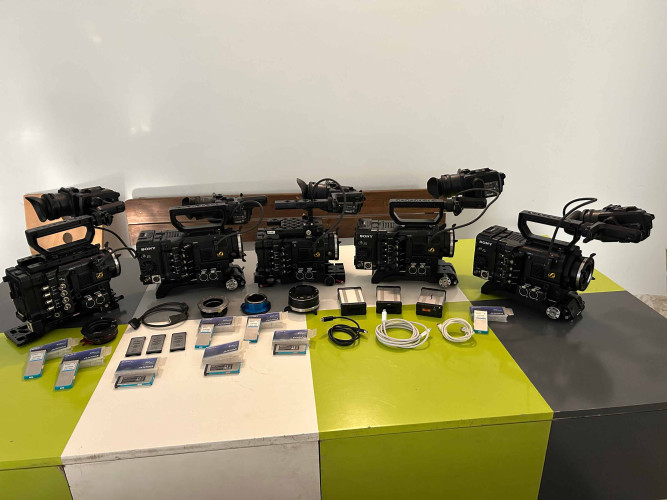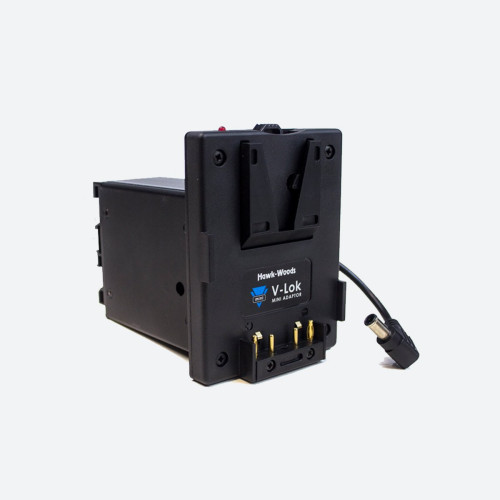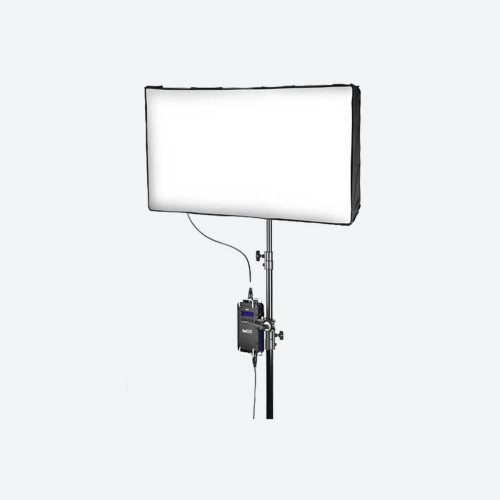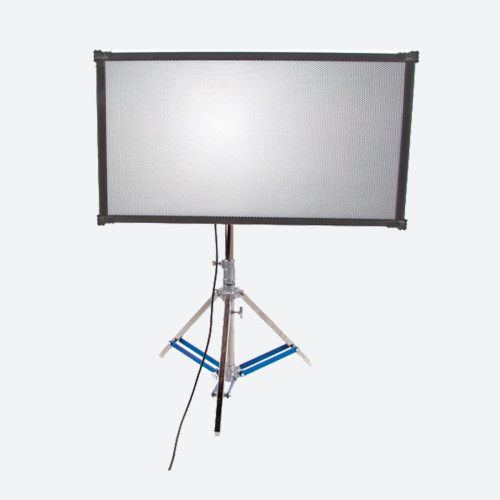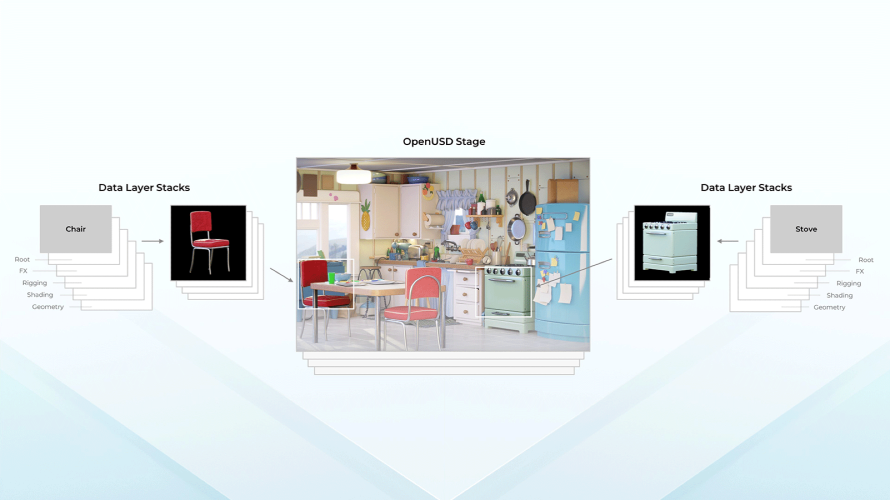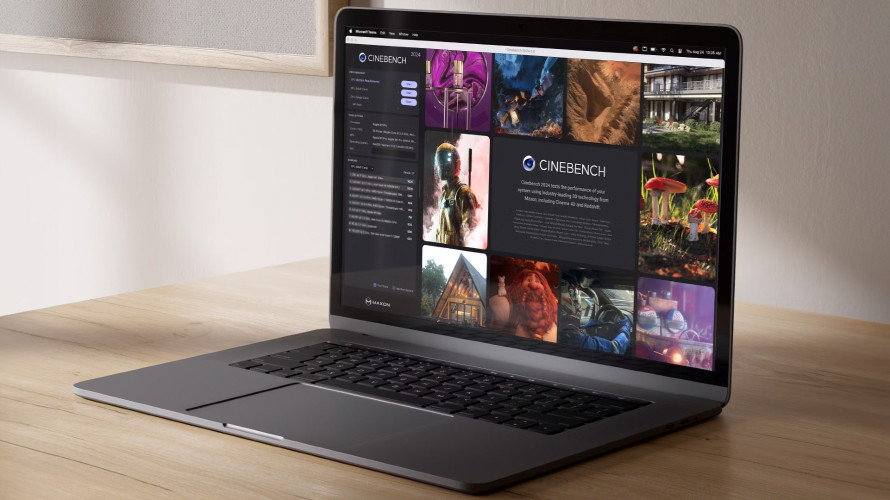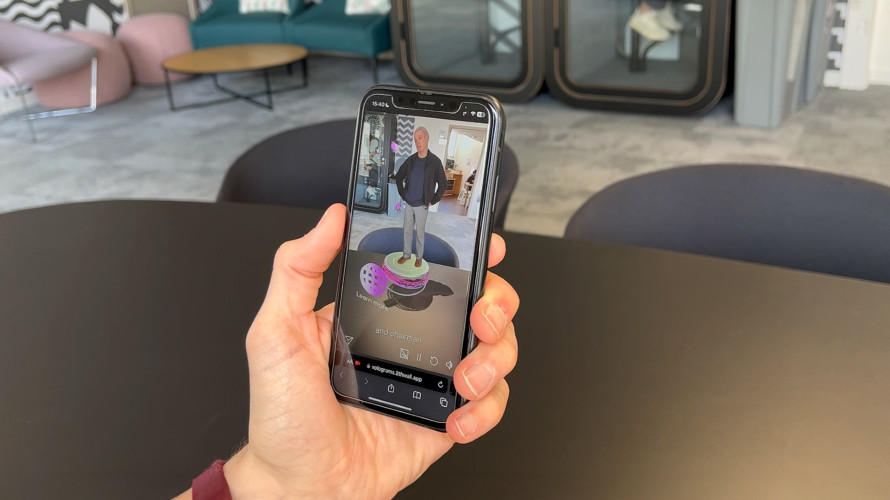Casual specs

Author: Bob Pank#
Published 1st April 2012
If you are a regular reader of this column, you probably know by now that I am a lover of technology that is useful, or at least very attractive. On the other hand I am quite scornful of stuff that engineers come up with because they can, without ever having an idea of what it is for.
I do not go to the CES show – one trip a year to Las Vegas is enough for anyone – but apparently those that did were assailed by representatives of Sharp telling them that consumers want 85” televisions at home. If I had been there I would have been forced to explain the basics of human optics to them. Our eyes resolve about one arc minute, so a simple application of trigonometry reveals that in the average living room HD on a 42” screen is just about a perfect match. Higher resolutions are a waste of electrons; larger screens just mean we have to move our eyes around more.
Talking of moving our eyes around, another crackpot idea on show at CES, this time by Toshiba, was for a glasses-free 3D television which worked, in part, by tracking the movement of the user’s eyeballs. Not hard to spot the fallacy in this one, is it? That’s right: it can only track one set of eyeballs at a time. If you are a sad loner it is fine. Showing off your expensive ($11k) new television to friends will not work.
The BBC news website recently ran a story that, if only the journalist at Broadcasting House had opened the door and shouted out a question, would surely have been spiked. It concerns a television commercial for dog food which includes sounds above the human hearing range but which are audible to dogs.
Nobody does proper tests on consumer electronics equipment, so I cannot tell you with any authority that these supersonic sounds are not faithfully reproduced. But if I was in the business of making consumer electronics, would I put in the extra R&D budget to make sure its audio channels and speakers would satisfy the canine community, or would I tune it for those creatures who have the all-important credit cards to buy the product?
So it is pretty unlikely that these sounds are getting into the home, and therefore we need not worry about pooch pester power. But just to underline the lack of care in the story, the sounds described as being only audible by dogs are “between 18,000 and 20,000 kilohertz”. Oh dear.
Augmented reality is another of those ideas which engineers love but in reality are of pretty limited use. The London Eye is reported to be developing an augmented reality app. I have been on the London Eye several times, and love the wonderful views you get, day and night. It is amazing just how far you can see.
But if you have your head down in your iPad, looking at the augmented reality view, then I am not sure there is very much point in paying for the big wheel. You might just as well stay at home.
Which brings us inexorably to the story, widely covered at the moment, that Google is working on a pair of glasses which will put augmented reality on a head-up display, literally in front of our eyes. Or eye, to be precise: if the rumours are to be believed only one lens will be active and presenting us with additional information.
Speaking to the New York Times, William Brinkman, graduate director of the computer science and software engineering department at Miami University in Oxford, Ohio, said “It will look very strange to onlookers when people are wearing these glasses. You obviously won’t see what they can from the behind the glasses. As a result, you will see bizarre body language as people duck or dodge around virtual things.” A masterpiece of understatement.
One of the touted advantages is that you will be able to look at a point of interest and get background information scrolling in front of you. For those whose reputation as family bore is not enough, you will be able to stand in front of, say, the Tower of London and recite its history for as long as anyone could bear to be near you.
Of course, this being Google, it will be paid for by advertising. There you are, boring for Europe, and your recitation of the history and architecture of the monument will be momentarily diverted by the news that the nearest Starbucks is only 150 metres away. It would be helpful news for the others in the party, I suppose.
So I was ready to unleash the full fury of my scorn upon the Google glasses until another application was suggested. Linked to a camera and face recognition software, it could remind you of the name of the person who has just greeted you like a long lost friend, and why you know them. That could save me from embarrassment 20 times a day at NAB or IBC. Maybe not such a bad idea after all.



